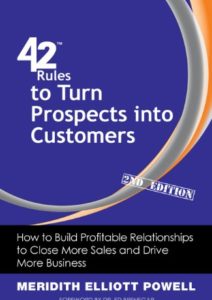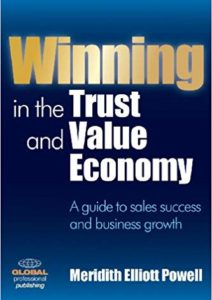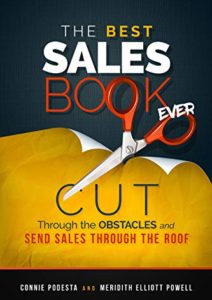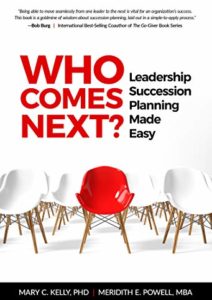I woke up this morning, just in from three weeks on the road, anxious to get back into my normal morning routine; which for me is pot of coffee, television news blaring in the background, and sorting through the pile of work on my desk
This morning however, my normal routine was interrupted, my husband had the DVR going, and rather than local news program blaring in the background, it was Your World with Neil Cavuto. While I like Your World, I have to admit it was the topic of discussion, not Neil Cavuto, that caught my attention and had me putting off routine to instead sit down and listen.
Neil and his panelist were discussing the topic of trust, and how today’s consumer has lost trust in business and government. Today’s consumers not only don’t believe what they are being told, they no longer believe in the institutions or the people running those organizations. Neil’s guests went on to explain , that with the number of automobile recalls, insurance companies canceling healthcare policies, and Lois Learner and the IRS situation, today’s consumer was just exhausted from being told one thing, and the action or result being something completely different.
Well, scarcity brings opportunity. As the panel turned to discussing the impact this lack of trust would have long term on our society, our government and our businesses, I started to think about the opportunity. Whenever we as consumers are denied something, or believe it is scarce, that very thing becomes just the thing we as consumers most want. In today’s economy, trust is what consumers want. So that begs the question — Can trust, in today’s economy, become your competitive advantage?
Yes, of course, absolutely! The roots of business success are founded in capitalizing on opportunity; identifying what consumers most want and finding a way to deliver it. So how do you proactively deliver trust to consumers, so that they identify it as something they can get from you and your organization?
5 Strategies to Build Trust with Your Customers
Define It. The challenge with trust is that it is an overused word, and means different things to different people. If you want your team to deliver on it, and your customers to understand it when they get it, then you need to define it. A clear definition of the words, meaning, and actions needed to deliver trust will get everyone (team, leadership and customers) on the same page, clear on what to deliver and clear on what to expect.
Deliver Consistently. I bought a book at Barnes & Noble the other day, and asked to have it gift wrapped, a request they have honored several times before with beautiful results. However, this time was different, the team member instead handed me the wrapping paper and scissors and said I needed to wrap it myself. Confused (because they have always happily done it before) I wrapped my gift, left the store, decided I would never buy another book there, and have shared that story all over town. Why? Because I no longer trust Barnes & Noble, and I have other choices as to where I can buy books. Now, in truth I have no idea if that is their policy or not, but it doesn’t matter because their consistency of service and experience is well, not consistent. Trust is created when customers have a positive experience over and over in an organization. That means trust is fragile, and it only takes time to break it. If you want your customers to trust you (to refer you, talk about you and remain loyal) then you need to ensure that everyone on your team is engaged, educated and owns the “trust experience” for your customers.
Connect First. I trust you when I believe you are more interested in helping me get what I want than in ensuring you get what you want. If you want customers to trust you, then slow down and connect first. You have plenty of time to sell products and services, take the time to find out who they are, what is important to them, and what they really need. When we ask customers questions, and we really listen, we get the message across that we care, that we want what is best for them, and in turn they trust us.
Serve To Sell. If your customer service strategy is just about service, then you are behind the times. To create trust, proactively create trust, you need to serve to sell. Service in a trust & value economy is about more than using people’s names, solving problems when they come to you, and remembering their birthdays. While all of that is important, to build trust you need to be proactive with products and services that can benefit their professional and personal lives, and enhance their overall experience.
Follow Up and Follow Through. When is the last time you reached out to a customer just to reach out to a customer, not to get them to buy anything, sign anything or share information about your company, but just to reach out? Think about that, if you want to create trust then you need to make customers feel part of a relationship, a two-sided relationship, one where you take action to contact, engage and connect with them for no other reason than you care. Trust is something that is built over time, and must be built with no expectation of return. The more you invest in following up and following through with customers, the more they will trust you.
You have only to look at these strategies to understand why trust is scarce in the world of business and government, both are plagued with ensuring their needs and concerns are met, long before their “customers.” So take it from me, in a world saturated with a lack of trust, trust is the one thing you need to integrate into your organization to create true competitive advantage!
Related Posts:
- What Today’s Buyer Knows That Will Make You Rethink the Way You Do Business
- The Best Way to Compete Like Giant Corporations — and Win!
- Not So New Principles of Sales
Get your free trial of Pipeliner CRM now.















